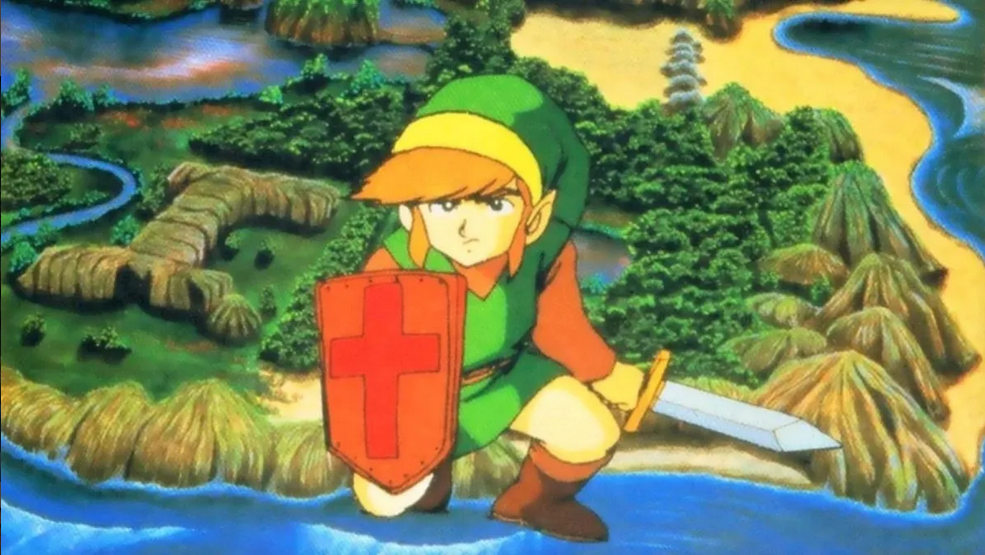
It was a brave step to create a follow-up to the cartoonish Wind Waker, but Twilight Princess is easily the best 2D entry in the series. While it takes place in the familiar Hyrule (light world) and Lorule (dark world) from the cartoony Wind Waker, Twilight Princess is far from a carbon copy, and it turns a lot of Zelda’s linear conventions on their head in brilliant fashion. Set years before A Link to the Past, A Link to the Past takes a lot of its cues from the Zelda games that started the whole thing off.
Not only did The Original Legend of Zelda introduce the franchise’s most iconic characters — namely Link, Ganon, and, of course, Princess Zelda — but also a gaming philosophy that most Zelda games would follow through on with 2D. The Legend of Zelda franchise took a quantum leap forward in quality with its transition to the Super Nintendo in 1991, with players quickly hailed the SNES outing, A Link to the Past, as one of the greatest video games ever made. Over time, opinions of the SNES release have come around, and many years later, it is recognized as one of the best games that the Legend of Zelda franchise has ever produced.
Twilight Princess, a launch title for the Wii, became the most reviewed Zelda title of the time, surpassing The Wind Waker. Breath of the Wild, developed and published by Nintendo for Nintendo Switch and Wii U, on March 3, 2017, rapidly became the fastest-selling game in the Zelda series, selling more than 17.84 million copies worldwide. The first of the two Nintendo 64 games in The Legend of Zelda series, Ocarina of Time modernized the series formula, adding the time-travel mechanic and 3-dimensional puzzles to the well-known Zelda formula.
To this day, the original Legend of Zelda remains the best-rated game ever by Metacritic, and although traits like its sterile open world might not age quite so well, it is still a high-level, three-dimensional Zelda. Inspired by Twin Peaks, it was also the first game to deviate from the saving-link formula, offering up trippy jumbles of Nintendo tropes such as Marios piranha plants in the side-scrolling levels, and the reclusive simcity mayor being tasered by goats. Majoras Mask arrived in Japan just 18 months after The Ocarina of Time came out (it came out in 1998), and though it might have reused many assets from the N64 version, it is easily one of the weirdest, most experimental Zelda games.
